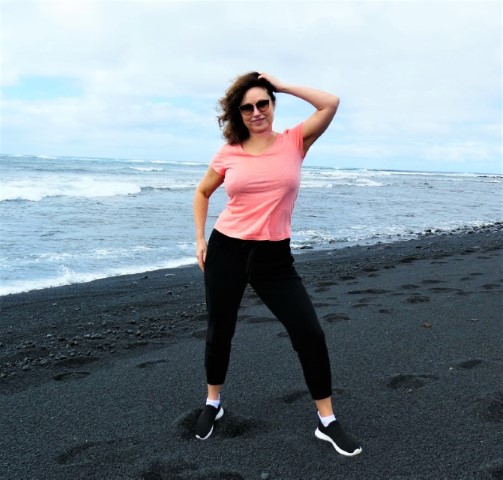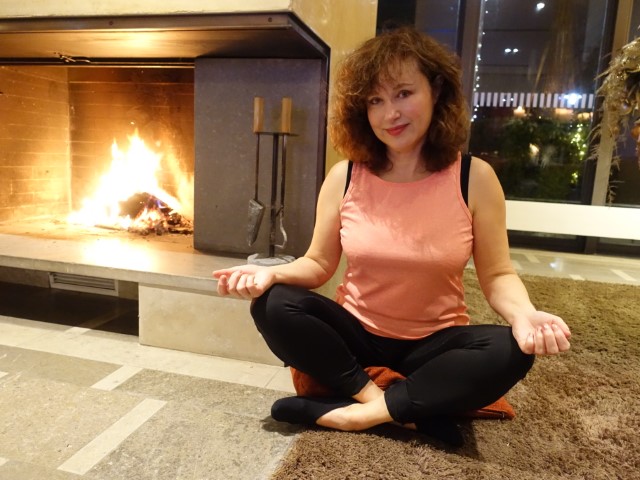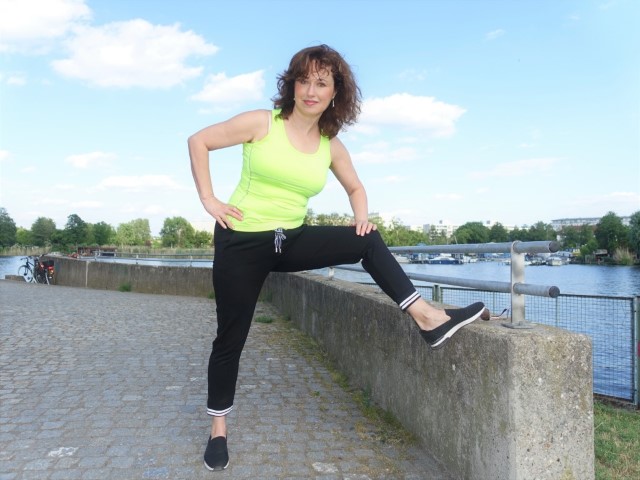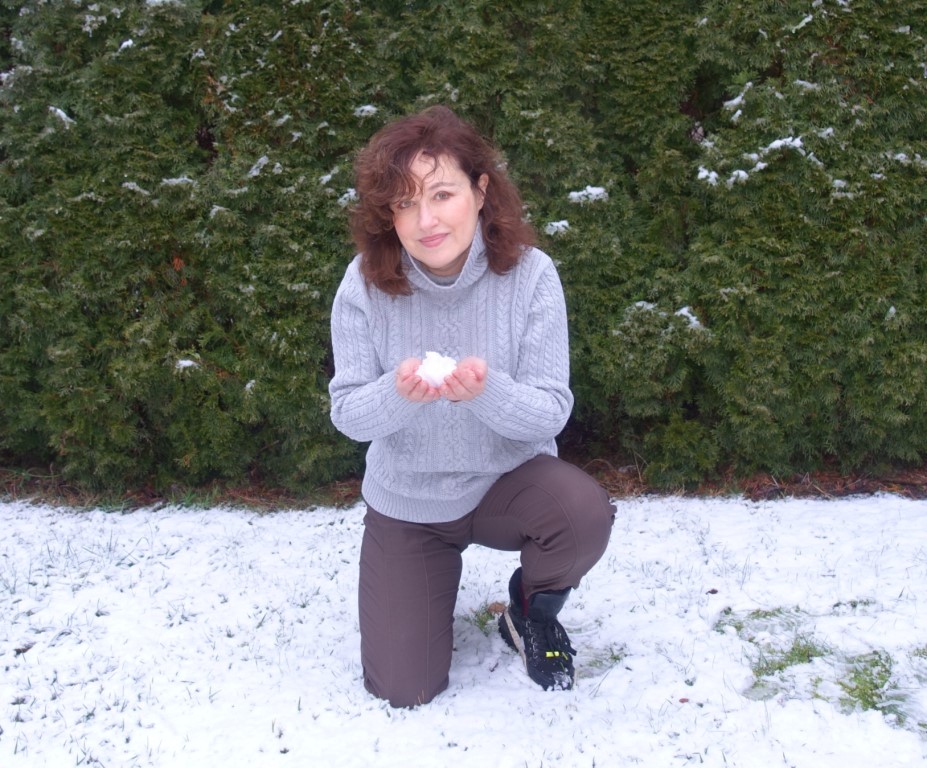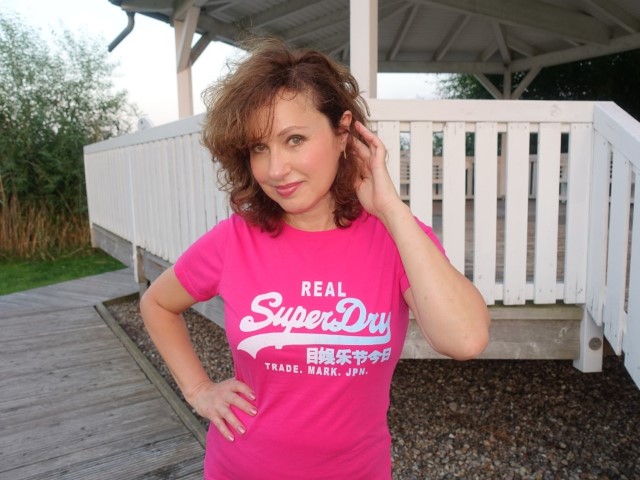“The Amino Revolution” – that’s the name of the latest book by probably the best-known internist and molecular medicine specialist in Germany – Dr. Ulrich Strunz. http://www.strunz.com
Until recently he had a private practice in Roth. His successful program “forever-young” and the concept of “happy-medicine” are just a few milestones in his moving and varied life.
When I read the book, I was truly “revolutionized”. His thesis: many diseases, even the aging processes, can be traced back to the content and utilization of amino acids in our bodies. I was astonished and at the same time hopefull for good solutions in the future.
The fact that amino acids are the building blocks for proteins, which mainly our bodies consist, is not really new knowledge. But what happens when we don’t get enough of certain amino acids? Can targeted administration of amino acids cure diseases and even slow down aging?
These exciting questions Dr. Ulrich Strunz dedicated his everyday practice for several years.
Based on the study from the Max Planck Institute listed in his book, 14 crucial laboratory blood values of a person show whether they are healthy and how long they would live. Among these 14 values are 5, which belong to the most important amino acids. The “Amino-Status”.
“Health needs the right building material” – is the title of a chapter in his book.
In addition to the amino acids, our body needs also 47 vital substances: 13 vitamins, 22 minerals and 12 micro-elements. If you don’t want to spend too much time dealing with the matter and still want to practice good prevention, you should follow a few rules.
The main message: eat lots of protein! We need at least 1 gram per kg/weight of it every day. 1.2 grams is better. Too many amino acids – it does not exist!
I can’t say enough: sports and a balanced food are of the utmost importance for a long healthy life. Sports and protein, i.e. amino acids, allow muscles to grow and fat to melt. This is the health formula!
“What you eat is about what you think” – is another maxim of Dr. Ulrich Strunz!
Here’s my 5-point plan for a healthy amino status:
1. Calculate your daily protein requirement (1-1.2 grams/kg weight) and try to cover it. Animal based protein is better utilized by the body.
2. Prepare a drink from amino acid powder after each sports session, make sure you choose a trustworthy provider.
3. If a meal is low in protein – add a tablespoon of collagen powder: it tastes neutral and provides 9 grams of protein.
4. Take extra vitamins, minerals and micro-elements – they are not sufficiently available in our depleted soils. Nutritional Supplements—a smart addition!
5. Check your amino acid status in the blood from time to time and compensate the deficits by taking certain amino acid preparations. This is offered by designated doctors.
Voila!

